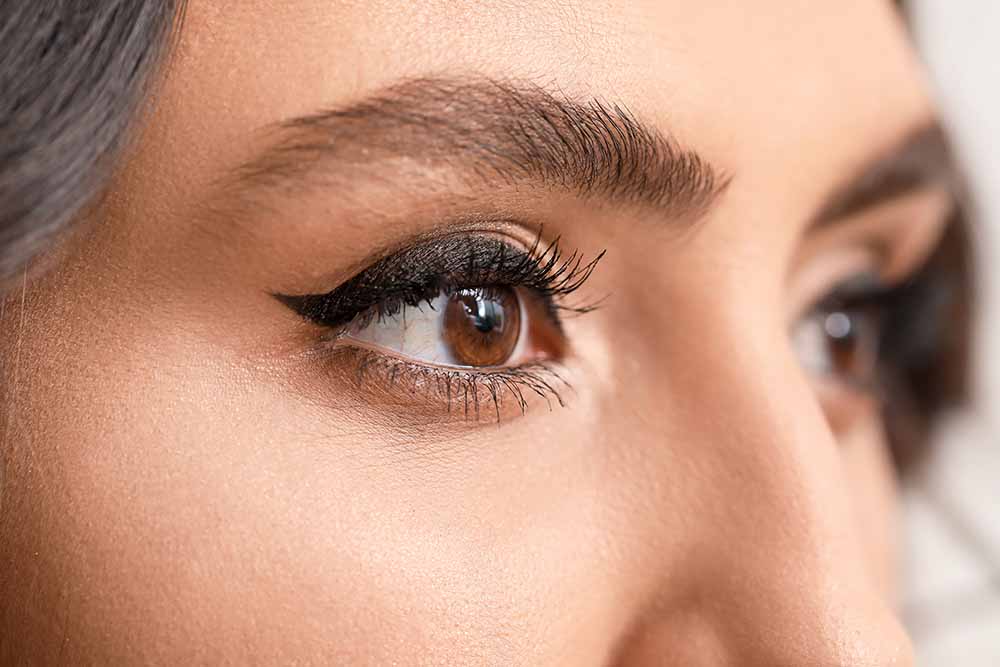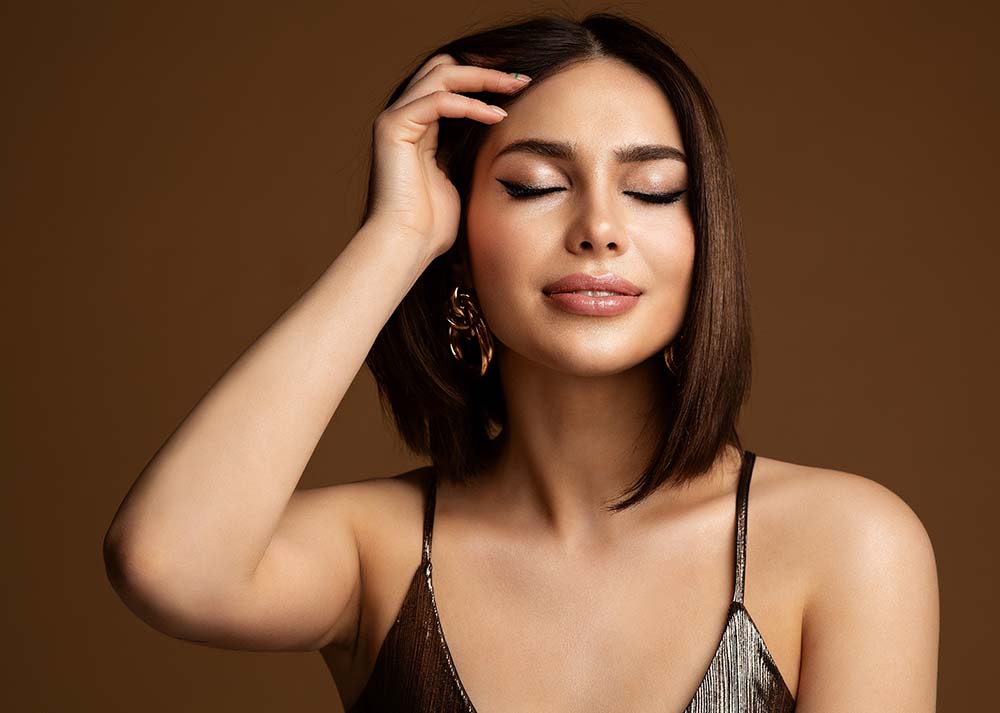The evolution of Indian beauty standards since 1947 has been influenced by a variety of factors, including cultural shifts, globalisation, media representation, and changing societal norms. Here is a brief overview of the evolution of Indian beauty standards during this period:
- Post-Independence Era (1947-1960s):
- Traditional Aesthetics: In the immediate post-independence period, Indian beauty standards largely adhered to traditional aesthetics. Features such as long hair, almond-shaped eyes, and a healthy physique were considered attractive.

- Cultural Renaissance (1970s-1980s):
- Emergence of New Icons: The 1970s and 1980s saw the rise of new Bollywood stars like Rekha and Hema Malini. While traditional features were still appreciated, there was a shift towards a more modern and cosmopolitan look that featured a doll eye look with a bold winged eyeliner and white kohl in the waterline.

- Liberalisation Era (1990s):
- Globalisation Impact: Economic liberalization in the 1990s opened up India to the world, leading to increased exposure to global beauty standards. Western fashion and beauty ideals gained popularity.
- Supermodel Era: The modelling industry witnessed the emergence of Indian supermodels like Aishwarya Rai and Sushmita Sen, who represented a blend of traditional and international beauty standards.
- Digital Age (2000s Onward):
- Digital Media Influence: The 2000s brought the widespread use of digital media and the internet. Social media platforms and beauty influencers played a significant role in shaping beauty standards.

- Current Trends (2020s):
- Minimalism: The concept of ‘less is more’ has been widely preached and practised when it comes to beauty standards. We’ve seen celebrities carry the no-makeup makeup look effortlessly. The vibe is here to stay for sure.
- Sustainable Beauty: The emphasis on sustainability continued, with more brands and consumers opting for eco-friendly packaging, cruelty-free products, and sustainable practices.
- Inclusivity: Modern Indian beauty is about inclusivity, standards that aim to break stereotypes associated with gender, age, and conventional norms.
The evolution of Indian beauty standards reflects a dynamic interplay of cultural, societal, and global influences, with a contemporary focus on celebrating diversity and individuality.